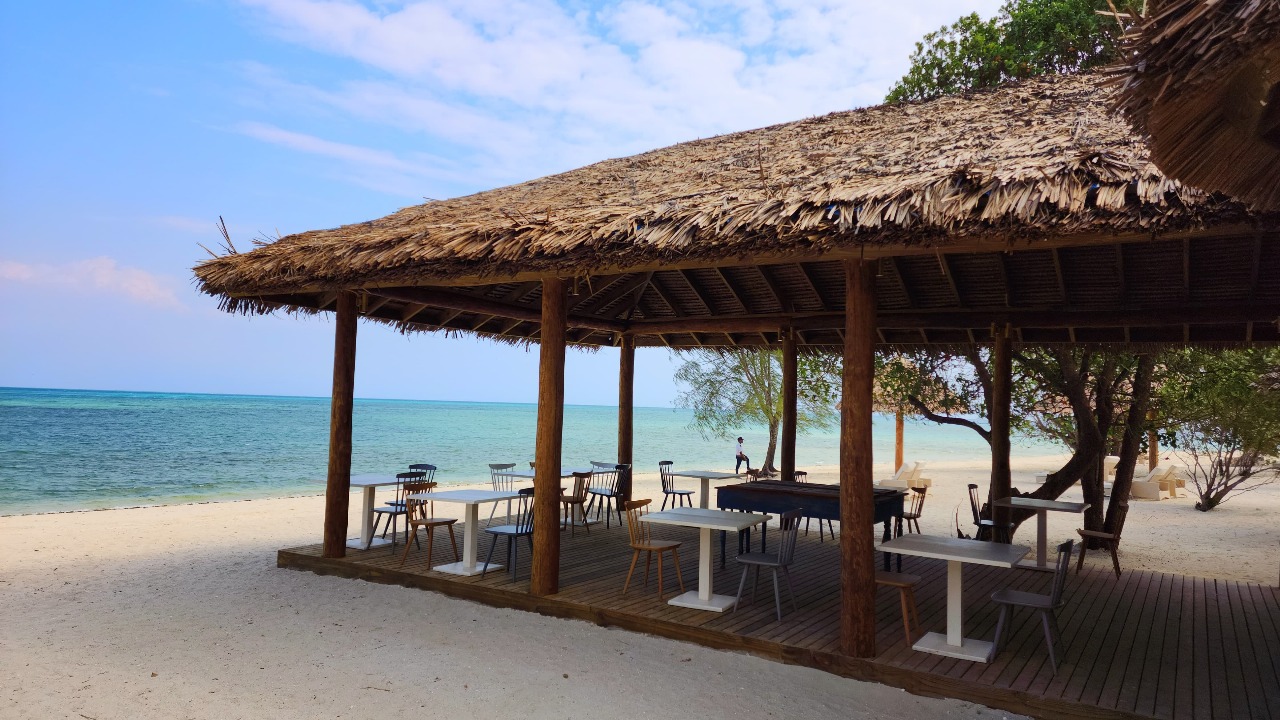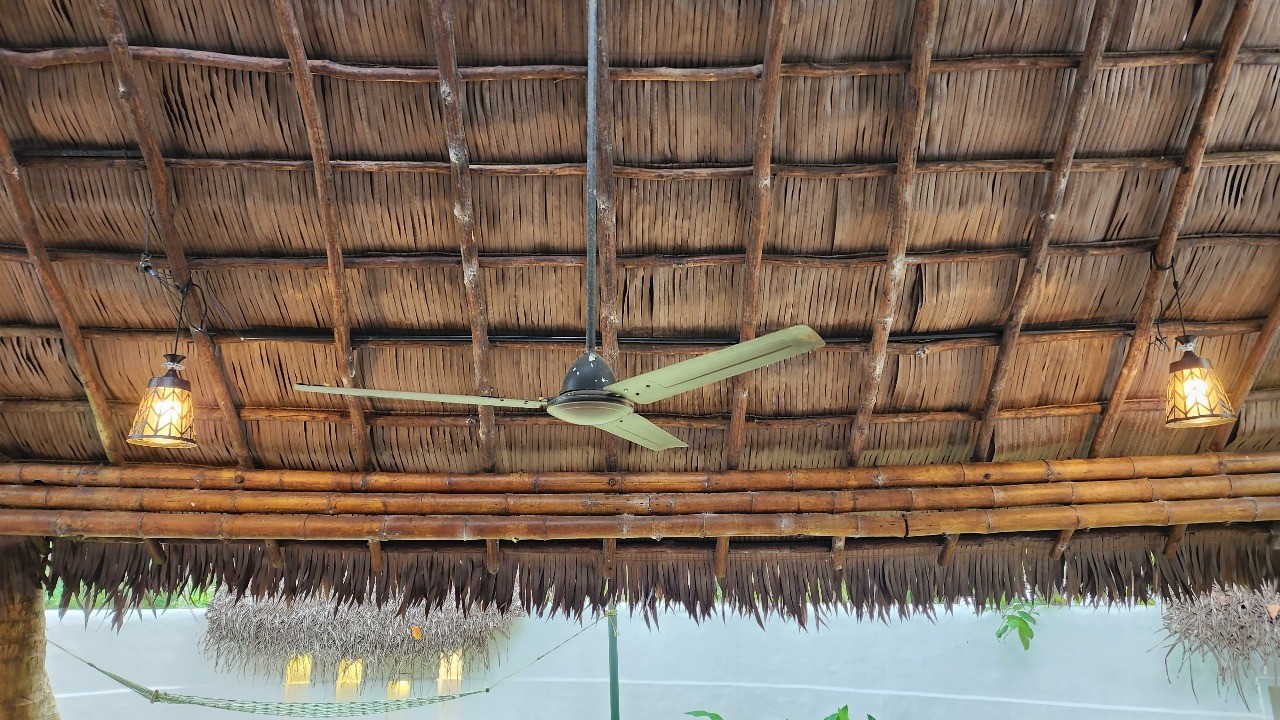Introduction
PVC monsoon blinds are a key element in the design of luxury accommodations, providing essential protection against the elements while maintaining the aesthetic integrity of outdoor spaces. Originating from modest beginnings and evolving with advancements in materials technology, these blinds have become indispensable in regions prone to harsh weather. This blog explores the rich history, critical importance, and varied applications of PVC monsoon blinds in the hospitality industry.
The Origins and Evolution of Monsoon Blinds
Monsoon blinds have transitioned from simple, functional designs to sophisticated solutions tailored for luxury settings. The advent of PVC (polyvinyl chloride) in the early 20th century brought about a transformation in their construction, leveraging its properties of durability, water resistance, and flexibility. Over the years, PVC blinds have adapted to meet diverse aesthetic and functional demands in global markets.
The Importance of PVC Monsoon Blinds in Modern Hospitality
For luxury resorts and boutique hotels, the guest experience is paramount. PVC monsoon blinds enhance outdoor areas, making them usable year-round regardless of weather conditions. These blinds offer protection from rain, wind, and UV rays, while their transparency options allow for unobstructed views and natural light, preserving the connection with the outdoor environment.
Durability and Maintenance: The Advantages of PVC
PVC is renowned for its strength and longevity. It resists weathering, corrosion, and chemical rot, making PVC blinds ideal for coastal and tropical climates where moisture and salt can degrade other materials quickly. Maintenance involves simple cleaning routines, ensuring that the blinds remain an asset with minimal upkeep costs.
Versatile Applications and Global Use Cases
PVC monsoon blinds are versatile in both function and style, used across a variety of luxury settings:
- Beachfront Properties: In places like Bali and the Caribbean, resorts use PVC blinds to protect beach-facing bars and dining areas, allowing guests to enjoy the seaside ambiance without interruption from sporadic tropical showers.
- Mountain Retreats: High-altitude lodges in the Alps and the Rockies employ these blinds in their outdoor wellness areas, providing guests with warmth and shelter from the cold winds and unexpected rain, thus extending the usability of these spaces into the colder months.
- Urban Hotels: In bustling cities like Singapore and Hong Kong, rooftop bars and pool areas utilize retractable PVC blinds to contend with the rainy season, ensuring that these lucrative spaces remain operational.
- Desert Resorts: Properties in arid regions such as the Middle East use PVC blinds to shield guests from sand and dust storms, enhancing comfort without sacrificing the panoramic desert views.
Case Studies: PVC Blinds in Action
- A Luxury Resort in Maldives: This resort equipped its overwater bungalows with clear PVC blinds, enabling guests to enjoy uninterrupted ocean views during the rainy season, thus significantly enhancing guest satisfaction and prolonging the peak season.
- A Boutique Hotel in South Africa: Here, PVC blinds were installed in the outdoor dining areas to deal with the unpredictable weather of the Cape Town coastline, ensuring a comfortable dining experience year-round.
Conclusion
PVC monsoon blinds represent more than just a functional accessory; they are a strategic enhancement to any luxury property, blending seamlessly with diverse architectural styles and settings. By incorporating PVC monsoon blinds, resorts and hotels not only safeguard their premises and guests from the elements but also ensure a consistent, high-quality experience that can adapt to the changing climate. These blinds symbolize a commitment to excellence and comfort, making them a wise investment for any high-end hospitality business.




